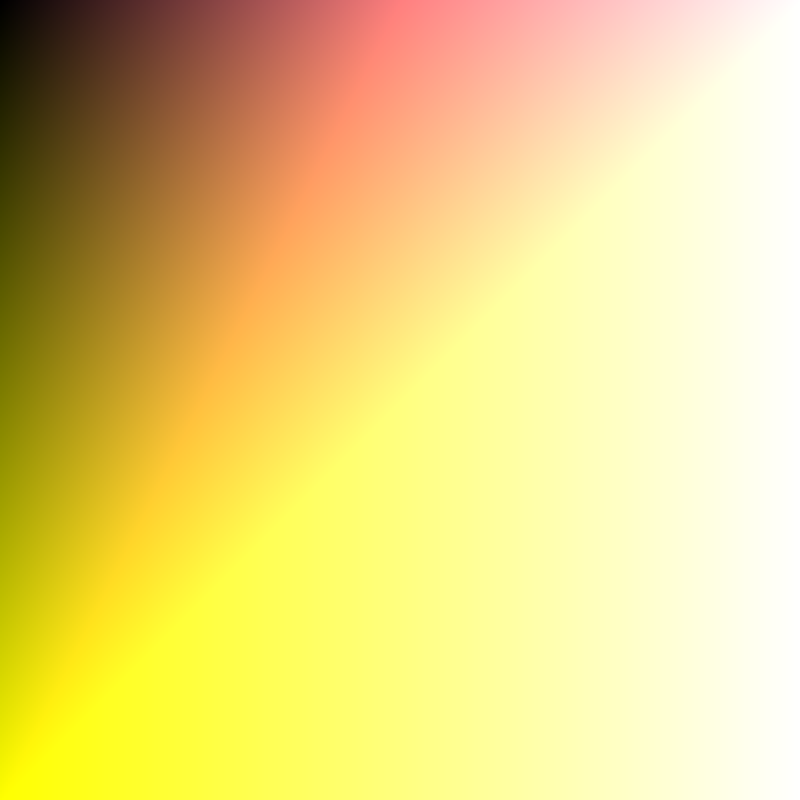Much like transpiling register machines, now we have a chance to transpile stack machines. Unfortunately, it doesn’t actually speed up the code nearly so much (the stack is just not as effective of a memory structure in this case), but it’s still an interesting bit of code.
In this case, we turn something like this:
invsub
polT
writeG
id
neg
zero?
sin
invsub
ZERO
inv
Into this:
function(X, Y) {
this.x = X;
this.y = Y;
this.stack = [];
this.r = undefined;
this.g = undefined;
this.b = undefined;
this.stack.push(X);
this.stack.push(Y);
var arg0 = 0;
var arg1 = 0;
var arg2 = 0;
var result = 0;
// invsub
arg0 = this.stack.pop() || 0;
result = 1 - arg0;
result = result % 1.0;
this.stack.push(result);
// polT
arg0 = this.stack.pop() || 0;
arg1 = this.stack.pop() || 0;
result = Math.atan2(arg0, arg1);
result = result % 1.0;
this.stack.push(result);
// writeG
arg0 = this.stack.pop() || 0;
this.g = arg0;
// id
arg0 = this.stack.pop() || 0;
result = arg0;
result = result % 1.0;
this.stack.push(result);
// neg
arg0 = this.stack.pop() || 0;
result = -arg0;
result = result % 1.0;
this.stack.push(result);
// zero?
arg0 = this.stack.pop() || 0;
arg1 = this.stack.pop() || 0;
arg2 = this.stack.pop() || 0;
result = arg0 === 0 ? arg1 : arg2;
result = result % 1.0;
this.stack.push(result);
// sin
arg0 = this.stack.pop() || 0;
result = Math.sin(arg0);
result = result % 1.0;
this.stack.push(result);
// invsub
arg0 = this.stack.pop() || 0;
result = 1 - arg0;
result = result % 1.0;
this.stack.push(result);
// ZERO
result = 0;
result = result % 1.0;
this.stack.push(result);
// inv
arg0 = this.stack.pop() || 0;
result = 1 / arg0;
result = result % 1.0;
this.stack.push(result);
return [
this.r === undefined ? this.stack.pop() || 0 : this.r,
this.g === undefined ? this.stack.pop() || 0 : this.g,
this.b === undefined ? this.stack.pop() || 0 : this.b,
];
}
